Laying this type of carpet could help reduce your energy bills by up to 15%, experts say
If you can afford the upfront cost, choosing this flooring could help your home to feel cosier for decades to come
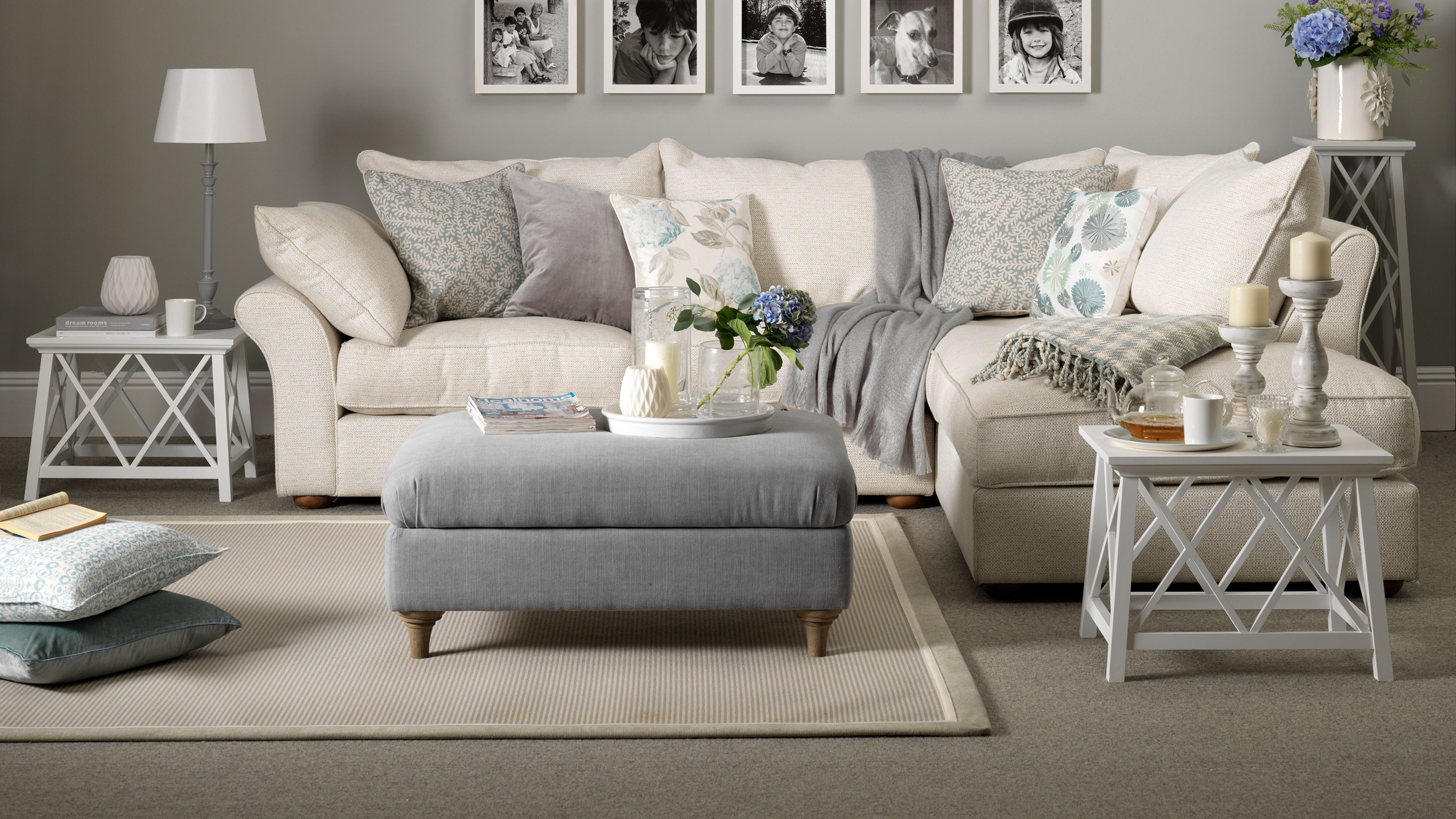

In the UK – and in fact, across the globe – anxiety is building over rising energy costs, and how much it's going to cost households to heat our homes as we head rapidly into the winter.
As such, many of us are looking for energy saving tips to help us keep our bills down. And for the braver among us, as well as looking out for the best energy saving products, other tactics may include clever tricks and home renovations that will allow us to keep our as much of our home's heat in as possible.
Carpet and flooring specialist Tapi have in fact revealed that one of the best things you can do to cut energy costs and keep your property feeling toasty, is to switch out your flooring.
Of course, this is only a solution if you have the initials funds to carry out the work. But if you do, the savings over the lifetime of your home could be huge.
What type of flooring can help save on energy bills?
Tapi paired up with Sales Director at Interfloor, Gary Cowley, to reveal which type of flooring is best at keeping warmth in, and the answer might not be all that surprising.
He explained that carpet is the ideal choice, sharing that it's a natural source of insulation which will help to keep heat in – therefore reducing how much you'll need to pop the heating on. 'Carpet fibres help trap cold air, which stops your space from cooling so much. The thicker the carpet, and therefore the more fibres it has, the greater the thermal insulation,' says Gary.
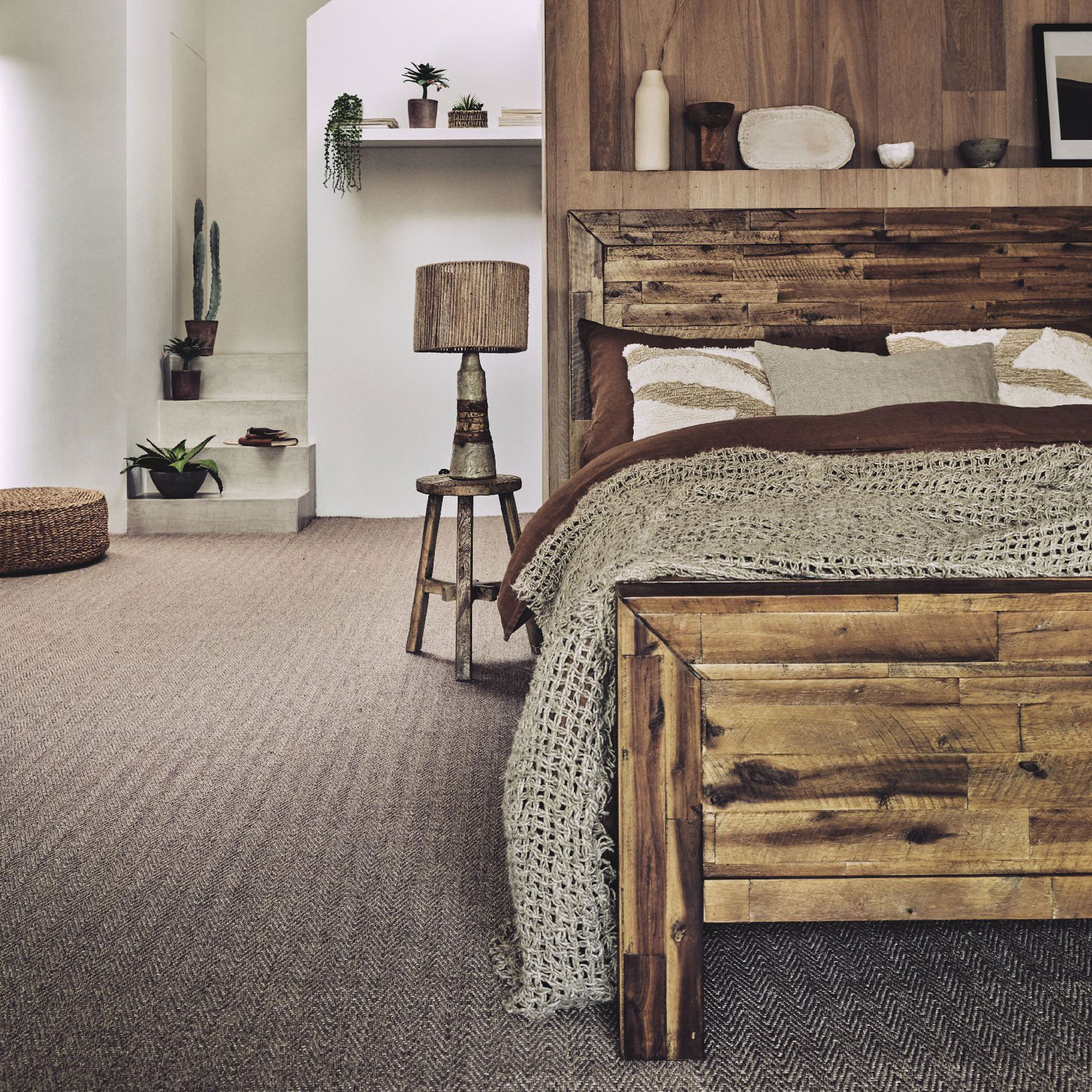
But that's not all. Using an underlay if you are laying carpet is the very best flooring option for keeping energy costs down, as it will provide an extra barrier for heat trying to escape, Gary says. 'Quality, thick underlay will provide a protective barrier against draughts.'
Get the Ideal Home Newsletter
Sign up to our newsletter for style and decor inspiration, house makeovers, project advice and more.
Paul Testa, director at HEM architects and a retrofitting expert for the London Homebuilding & Renovating Show, agrees, saying: 'The underlay in particular is also quite good at stopping air movement through the floorboards from below. Also, against the skin, the small amount of trapped air feels warmer than hard floor finishes, so can make a room feel marginally warmer than it is.'
So what type of carpet should you choose exactly, if you're planning to re-do your flooring?
Gary advises using wool carpet if you can, because they retain their pile height for longer (a key part of insulating your home), and also feel warmer and cosier underfoot. We all know that stepping onto a hard wooden floor feels much chillier than stepping onto a comfy carpet! You can even lay underfloor heating with carpet, too.
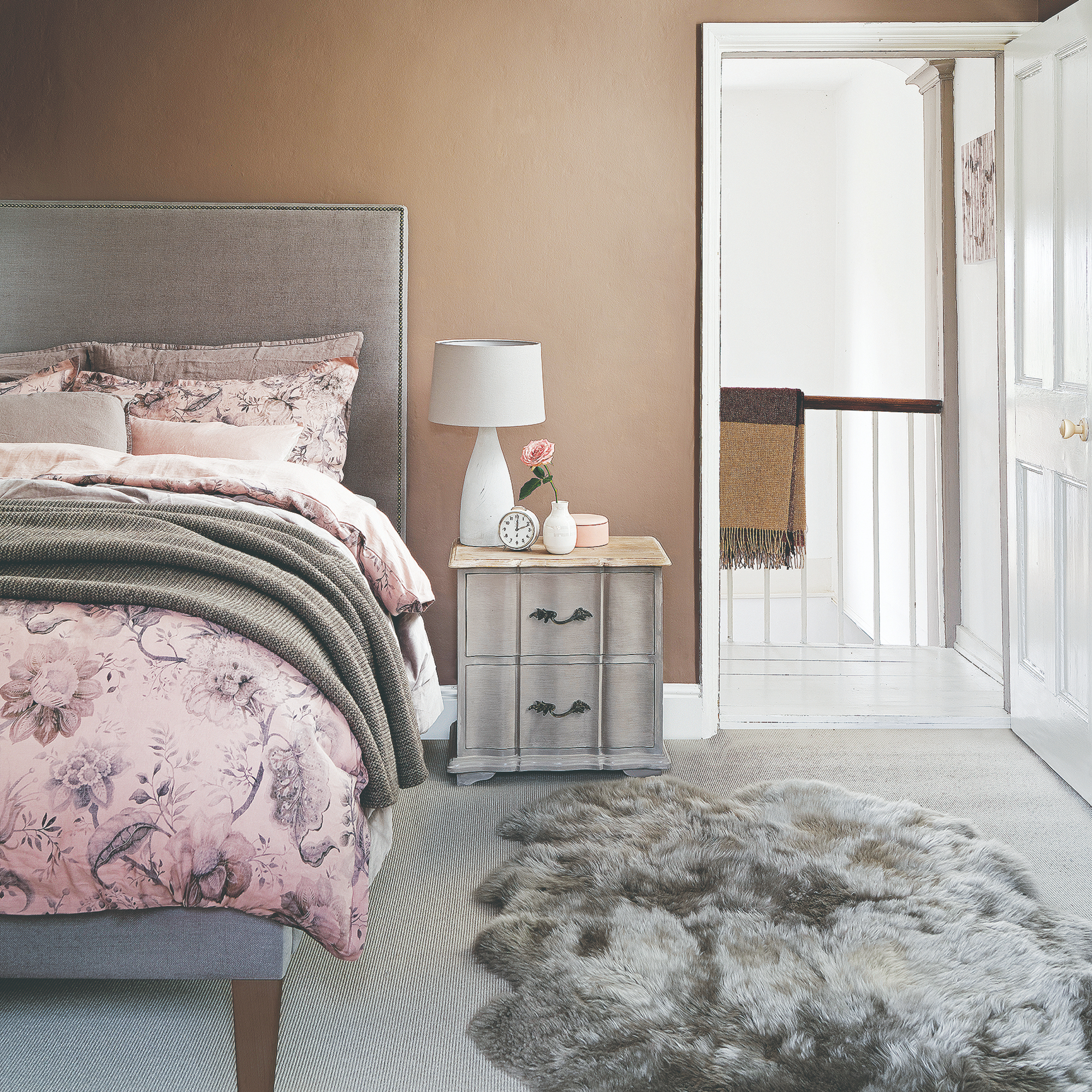
When it comes to the saving you can expect to make, Gary says: 'It’s difficult to put a figure on the saving, but we estimate that carpet and underlay could reduce energy costs by as much as 15%.'
So if you can afford the initial outlay, carpeting your home – or at least some key rooms such as your bedroom ideas and living room ideas – could make a real difference to your future energy bills, and the warmth of your home for decades to come.
But, there is another option if you can't afford (or don't want) to totally re-do your floors. Joshua Hammonds, Marketing Manager at Hammonds Furniture says 'a quicker and cheaper fix for your home is incorporating a rug into your décor. They will help keep your room warm, and are a great way to make a space feel cosier in the winter months too.'

Amy Hunt is an experienced digital journalist and editor, now working in a freelance capacity specialising in homes and interiors, wellness, travel and careers. She was previously Lifestyle Editor at woman&home, overseeing the homes, books and features sections of the website. Having worked in the industry for over eight years, she has contributed to a range of publications including Ideal Home, Livingetc, T3,Goodto, Woman, Woman’s Own, and Red magazine.
-
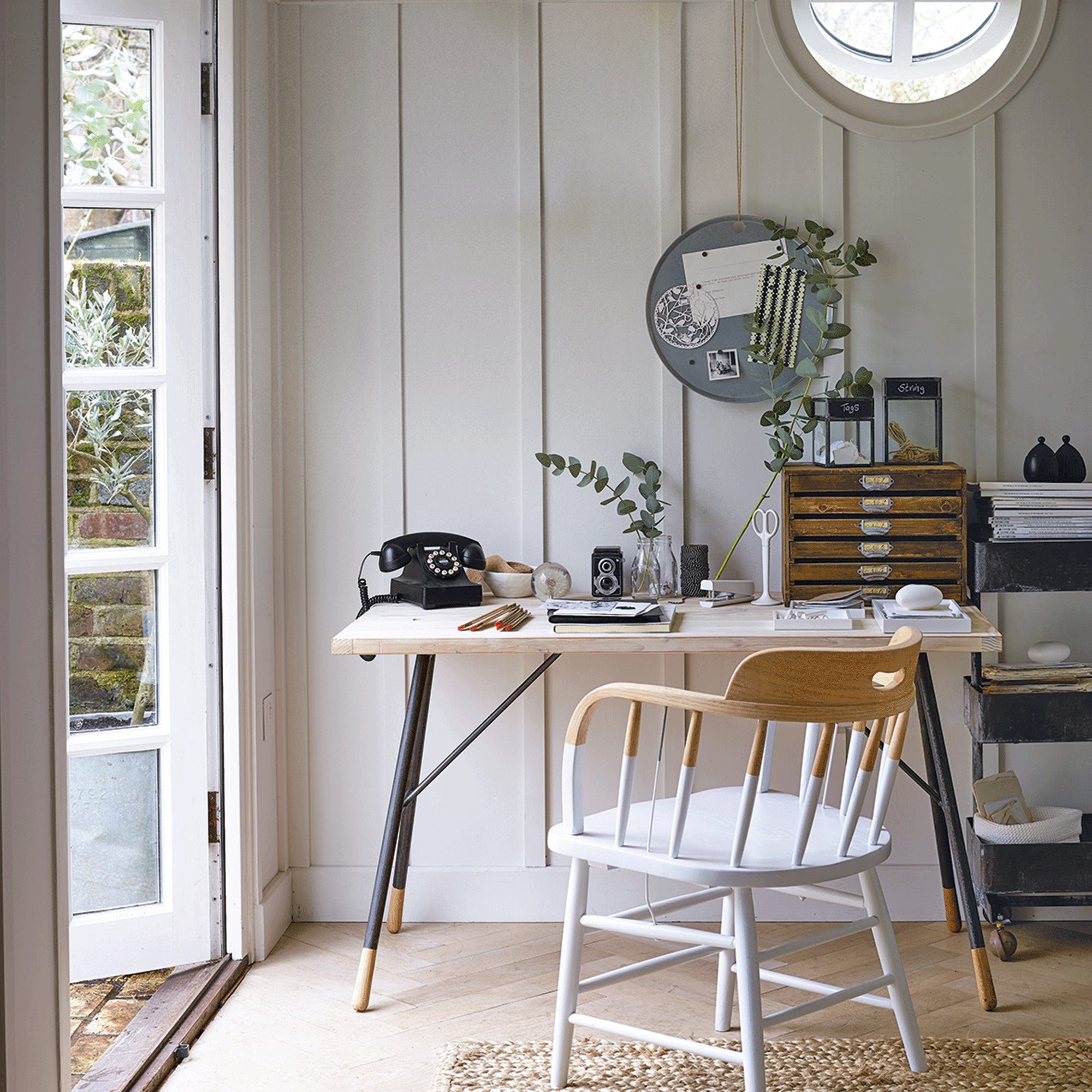 5 things every stylish dual-purpose home office needs
5 things every stylish dual-purpose home office needsWhether you're working from a bedroom or living room, WFH in style
-
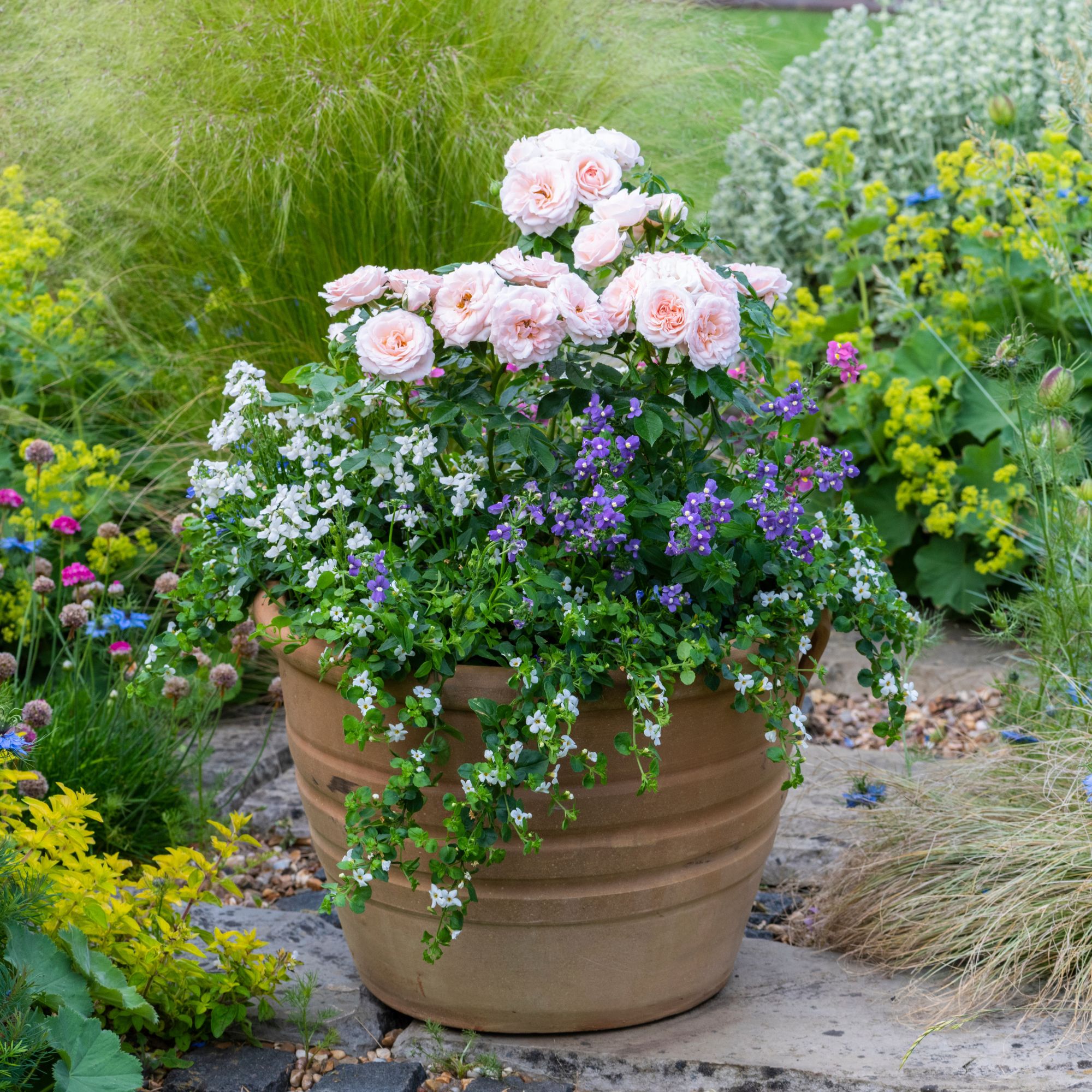 Best flower pairings to grow in pots – 7 expert-recommended combinations for vibrant displays all summer long
Best flower pairings to grow in pots – 7 expert-recommended combinations for vibrant displays all summer longCreate a fabulous display of colourful flowering plants
-
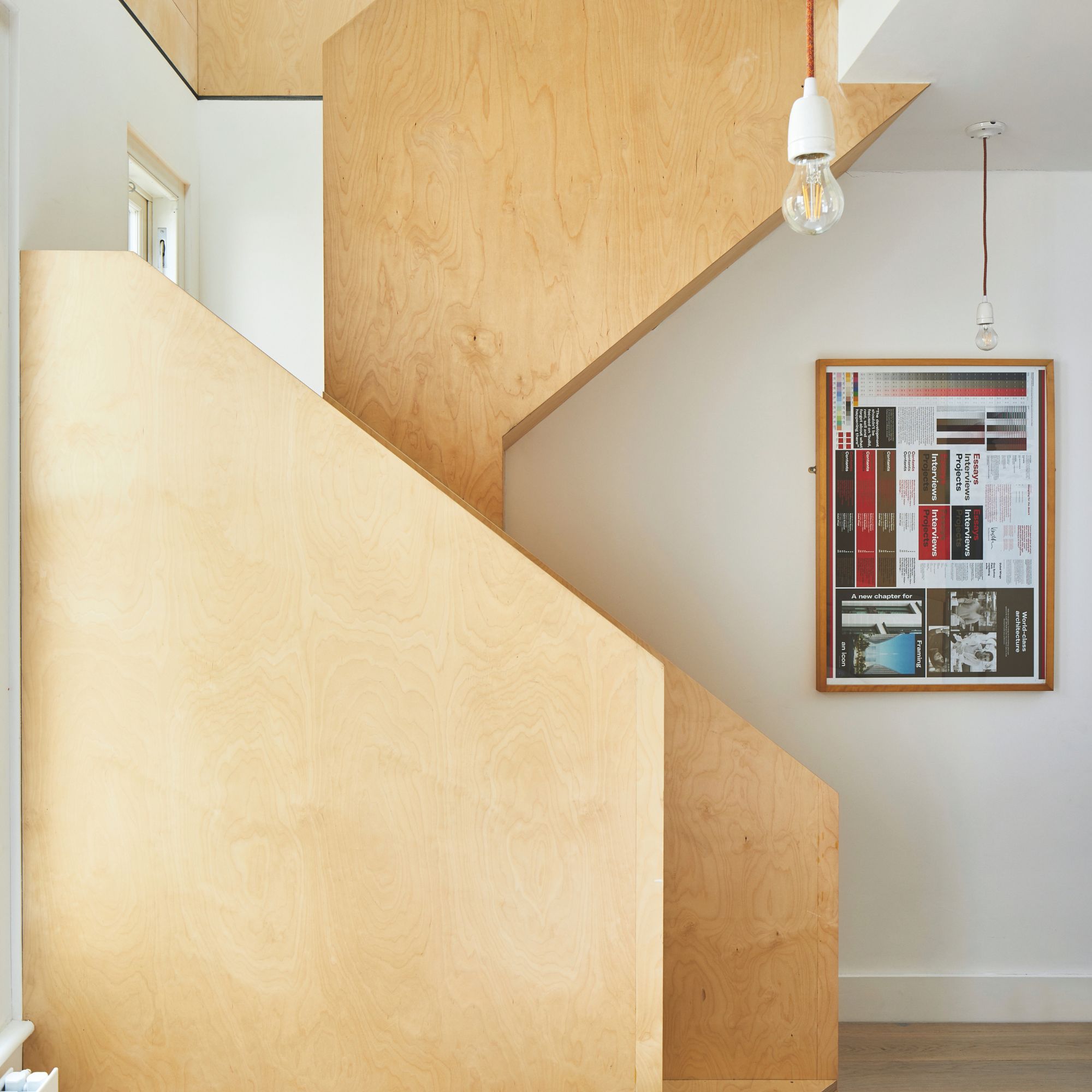 How to get loft conversion stairs right
How to get loft conversion stairs rightTake your new space to the next level